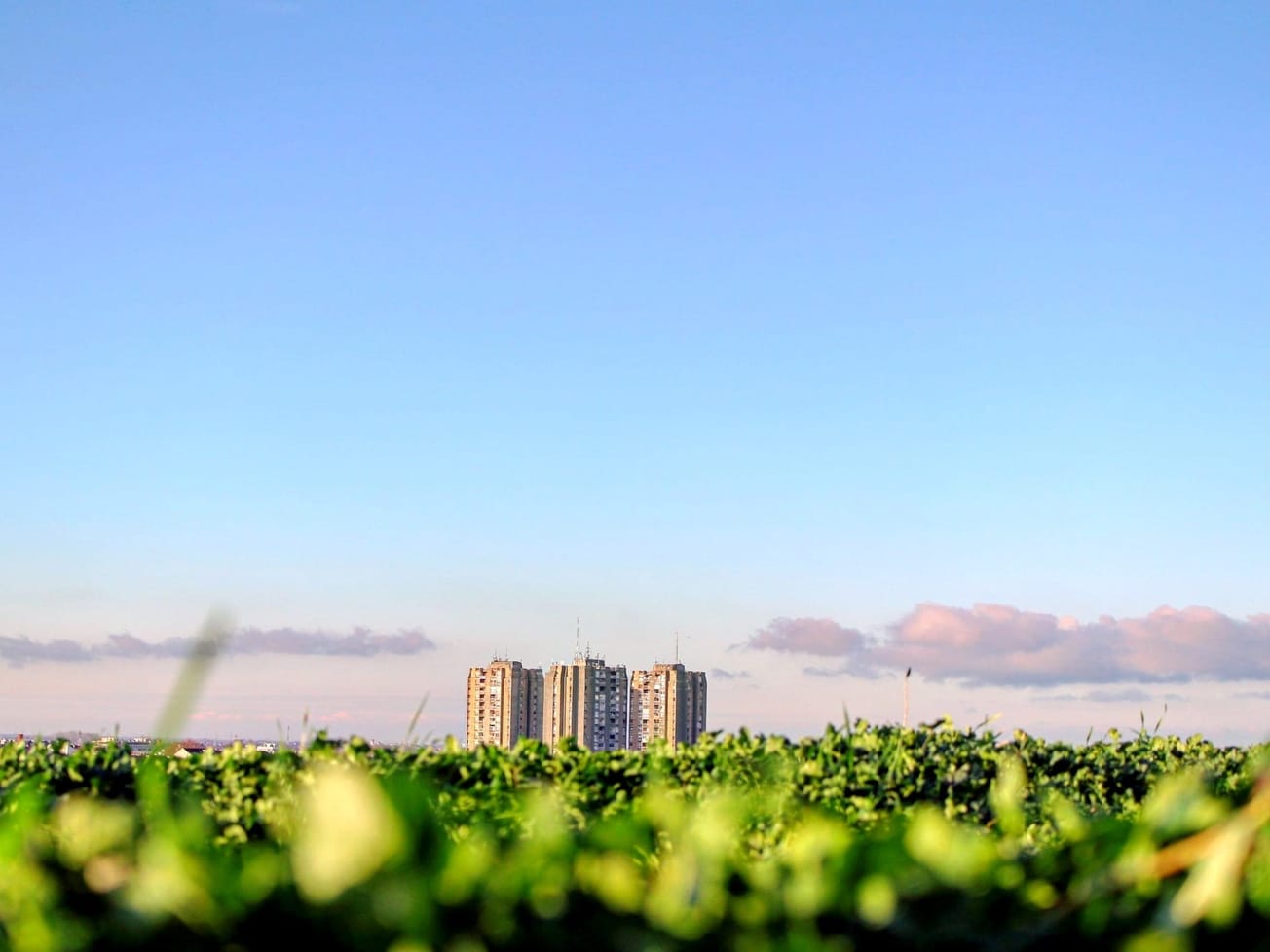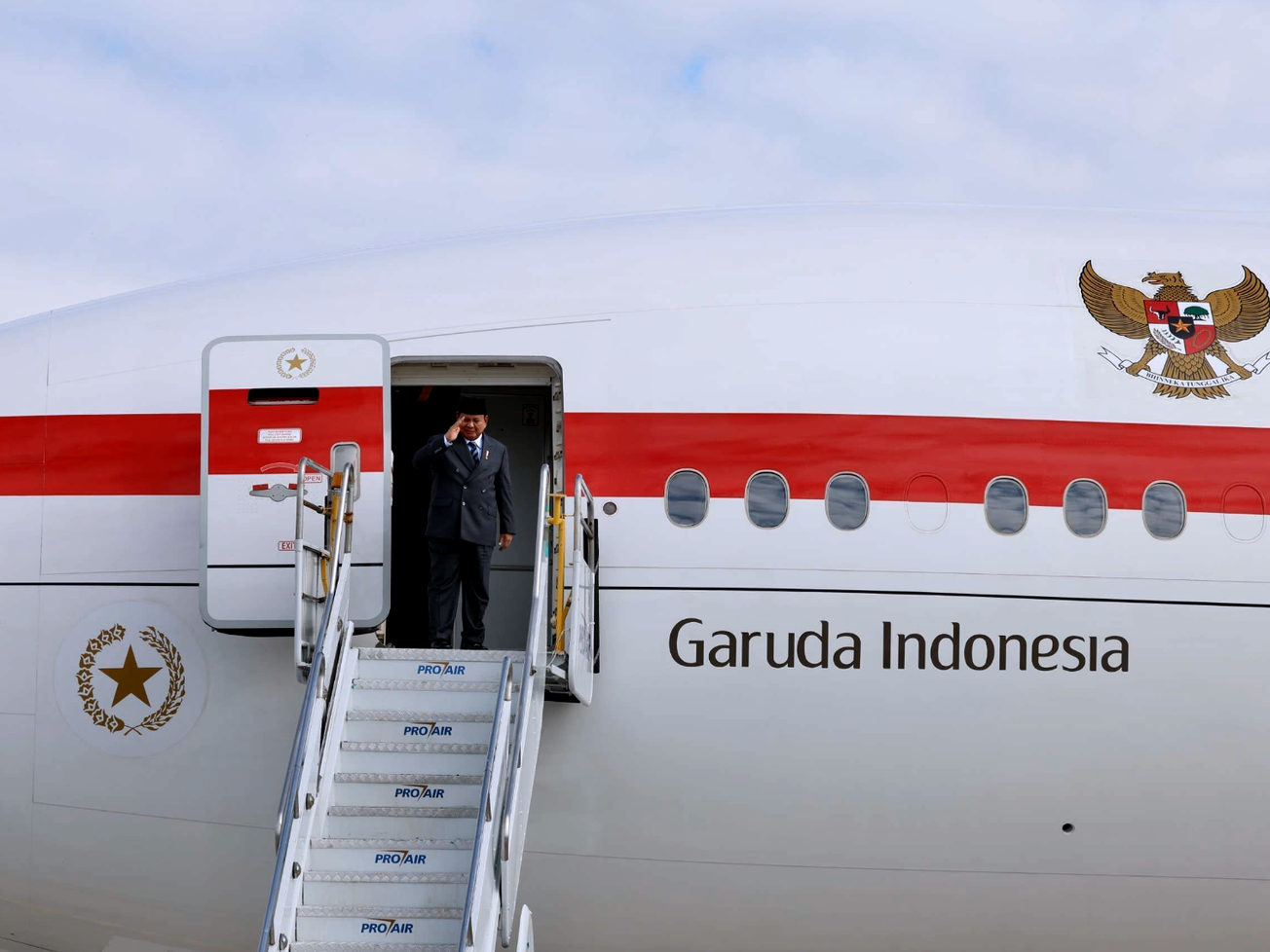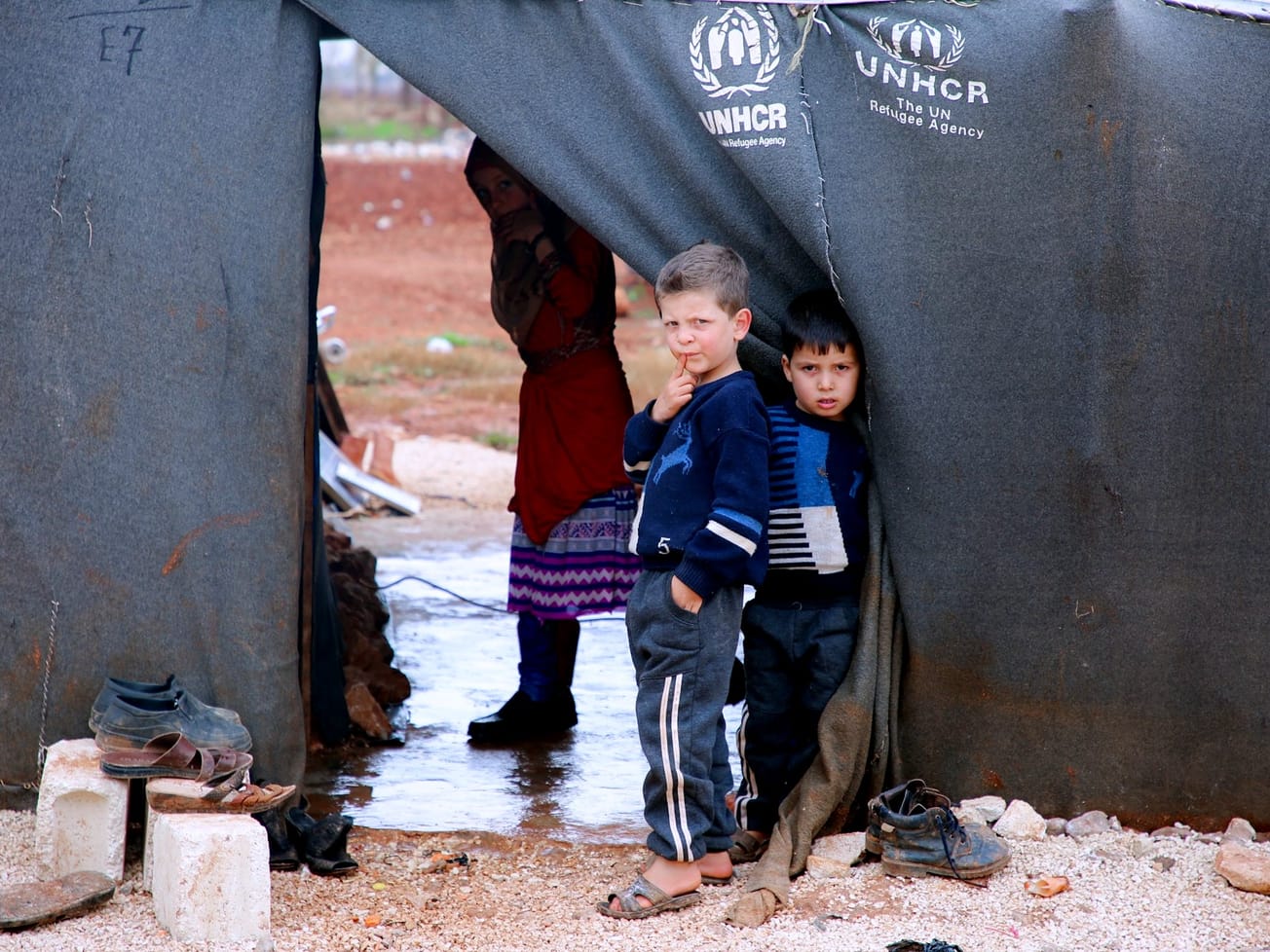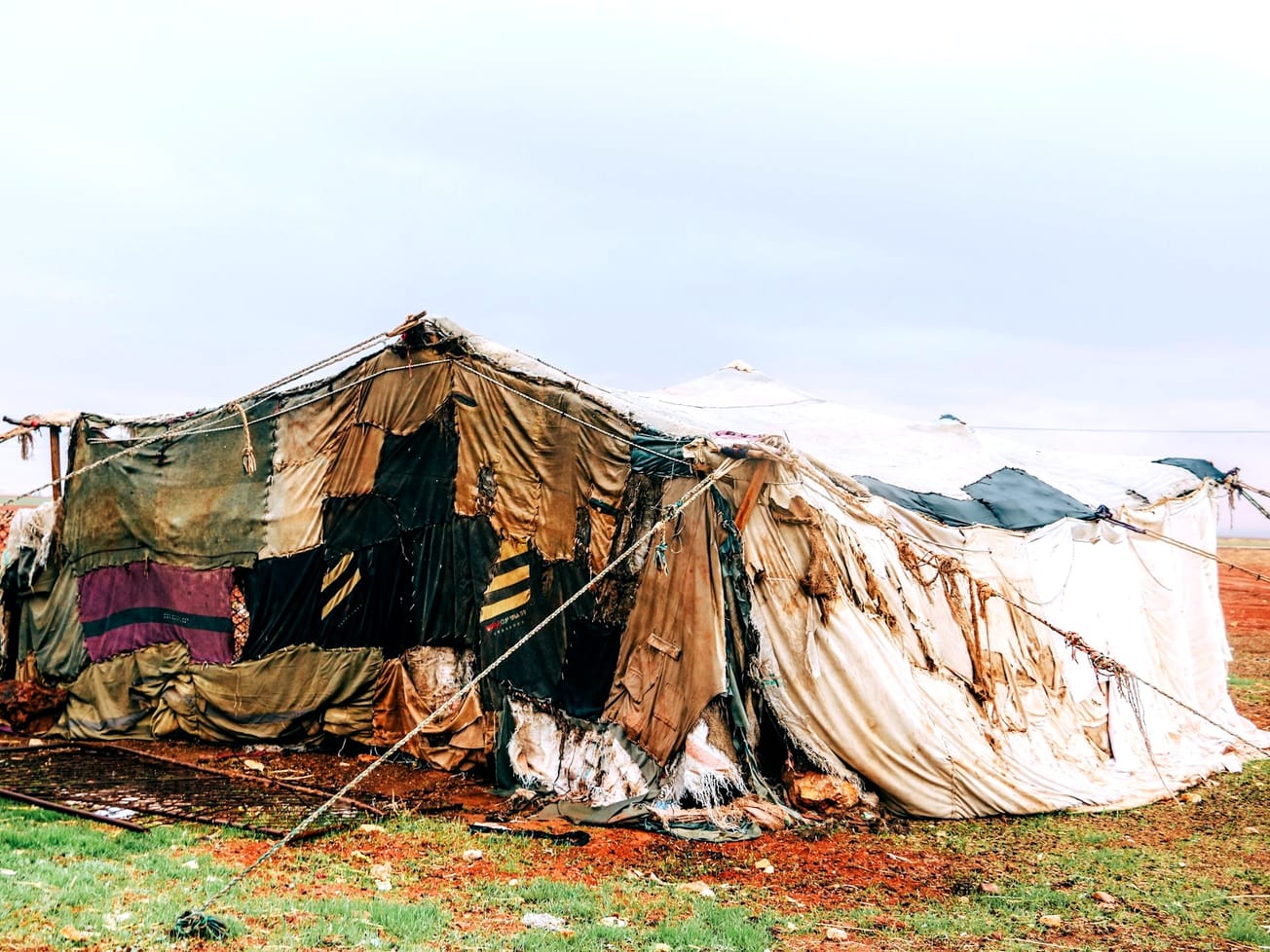A key index of monthly prices for food commodities shows a 13.7% year-on-year drop from the spike that began with Russia's war in Ukraine.
While the index for 2023 was significantly slower than the average value from the preceding year, sugar and rice prices rose during that time, the Food and Agriculture Organization reported on Friday.









